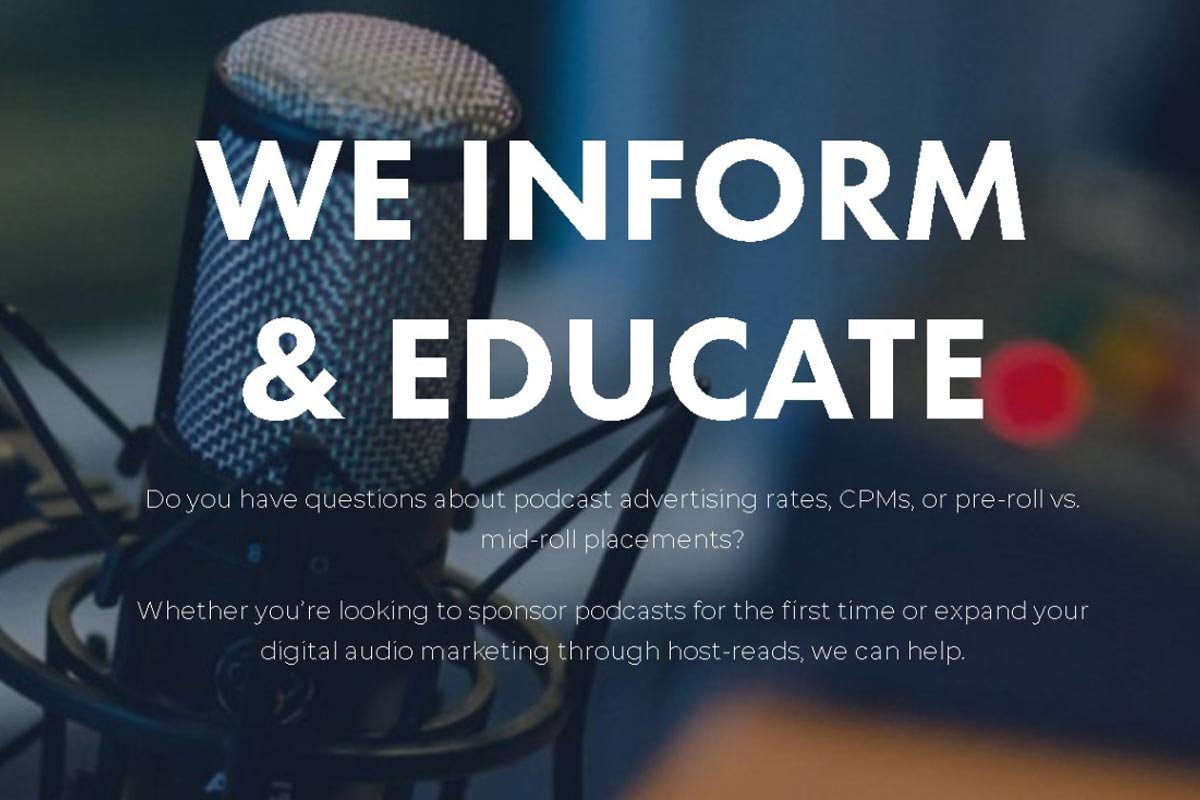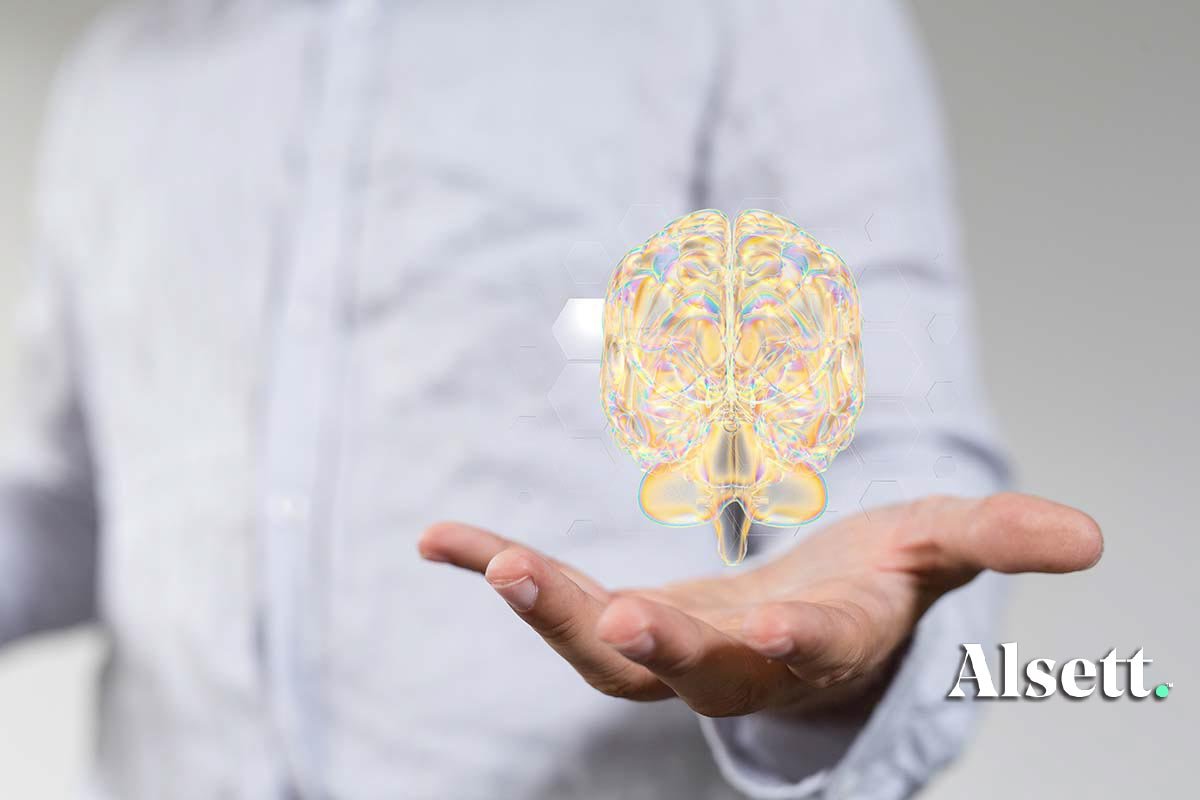Harnessing the Power of Marketing Technologies: Automation Tools, CRM Systems, AI, AR, and VR
Introduction
As digital technologies continue to evolve, so too does the landscape of marketing. Today’s marketers have at their disposal a range of sophisticated technologies that can streamline processes, personalize interactions, and create immersive experiences. This guide explores the pivotal technologies transforming marketing today: marketing automation tools, CRM systems, artificial intelligence (AI) and machine learning, and augmented reality (AR) and virtual reality (VR) marketing. Understanding and effectively utilizing these tools can significantly enhance marketing efforts and drive business success.
1. Marketing Automation Tools
Marketing automation involves using software to automate marketing activities. Many marketing departments automate repetitive tasks such as email marketing, social media posting, and even ad campaigns—not just for efficiency, but also to provide a more personalized experience for their customers.
Benefits:
- Increased Efficiency: Automates routine tasks, allowing marketers to focus on strategy and creative efforts.
- Enhanced Personalization: Uses customer data to tailor messages and offers, improving engagement rates.
- Scalability: Supports the ability to handle large volumes of campaigns and customer interactions without additional staffing.
Best Practices:
- Integrate with Other Systems: Ensure your marketing automation tools are integrated with other systems such as CRM and analytics platforms to unify data and workflows.
- Segment Your Audience: Use detailed customer data to segment your audience and tailor automated campaigns to different groups.
- Monitor and Optimize: Continually review the performance of automation strategies and adjust them based on customer behavior and campaign outcomes.
2. CRM Systems
Customer Relationship Management (CRM) systems help businesses manage and analyze customer interactions and data throughout the customer lifecycle, with the goal of improving customer service relationships and assisting in customer retention and driving sales growth.
Benefits:
- Enhanced Customer Insights: Provides a 360-degree view of the customer, which can improve decision-making.
- Improved Customer Retention: Helps identify and reward loyal customers, reducing churn rates.
- Streamlined Communications: Centralizes customer information, making it easier for multiple departments to cooperate and communicate.
Best Practices:
- Data Quality Management: Regularly update and cleanse data to maintain a high-quality, reliable CRM system.
- Employee Training: Ensure that all relevant staff are trained on how to use the CRM effectively.
- Customer-Centric Strategies: Leverage insights from CRM data to develop customer-centric strategies, enhancing customer satisfaction and loyalty.
3. AI and Machine Learning in Marketing
AI and machine learning are revolutionizing marketing by enabling more accurate predictions, personalized customer experiences, and optimized decision-making.
Benefits:
- Predictive Analytics: Uses data to predict trends and customer behavior, allowing for more targeted and timely marketing strategies.
- Enhanced Personalization: AI can analyze vast amounts of data to deliver highly personalized content and recommendations to individual customers.
- Optimized Budget Spending: AI tools can help optimize marketing spend by pinpointing the most effective strategies and channels.
Best Practices:
- Set Clear Objectives: Define what you aim to achieve with AI and set measurable goals.
- Data Integration: Ensure that your AI systems have access to clean, comprehensive, and integrated data sources.
- Ethical Considerations: Be mindful of privacy and ethical considerations when implementing AI, ensuring transparency and fairness in automated decisions.
4. Augmented Reality (AR) and Virtual Reality (VR) Marketing
AR and VR are immersive technologies that can create compelling marketing experiences, from virtual try-ons to interactive 3D advertisements.
Benefits:
- Immersive Experiences: Provides customers with unique, engaging experiences that enhance brand engagement and recall.
- Enhanced Product Visualization: Allows customers to visualize products in a real-world context, aiding their purchase decision.
- Interactive Advertising: Engages users in a more interactive, memorable way compared to traditional media.
Best Practices:
- Focus on Added Value: Ensure AR and VR applications provide genuine value to the user, such as convenience or enhanced information.
- Keep User Comfort in Mind: Design experiences that are user-friendly and consider limitations such as motion sickness in VR.
- Cross-Platform Accessibility: Make AR and VR content accessible across various devices and platforms to reach a broader audience.
Conclusion
The integration of advanced technologies into marketing strategies represents a significant opportunity for businesses to enhance engagement, streamline operations, and personalize customer interactions. By embracing marketing automation tools, CRM systems, AI and machine learning, and immersive technologies like AR and VR, marketers can not only stay ahead of the curve but also create more meaningful and lasting connections with customers. These technologies are not just tools; they are transformative elements that can redefine the way brands interact with their audiences.






































